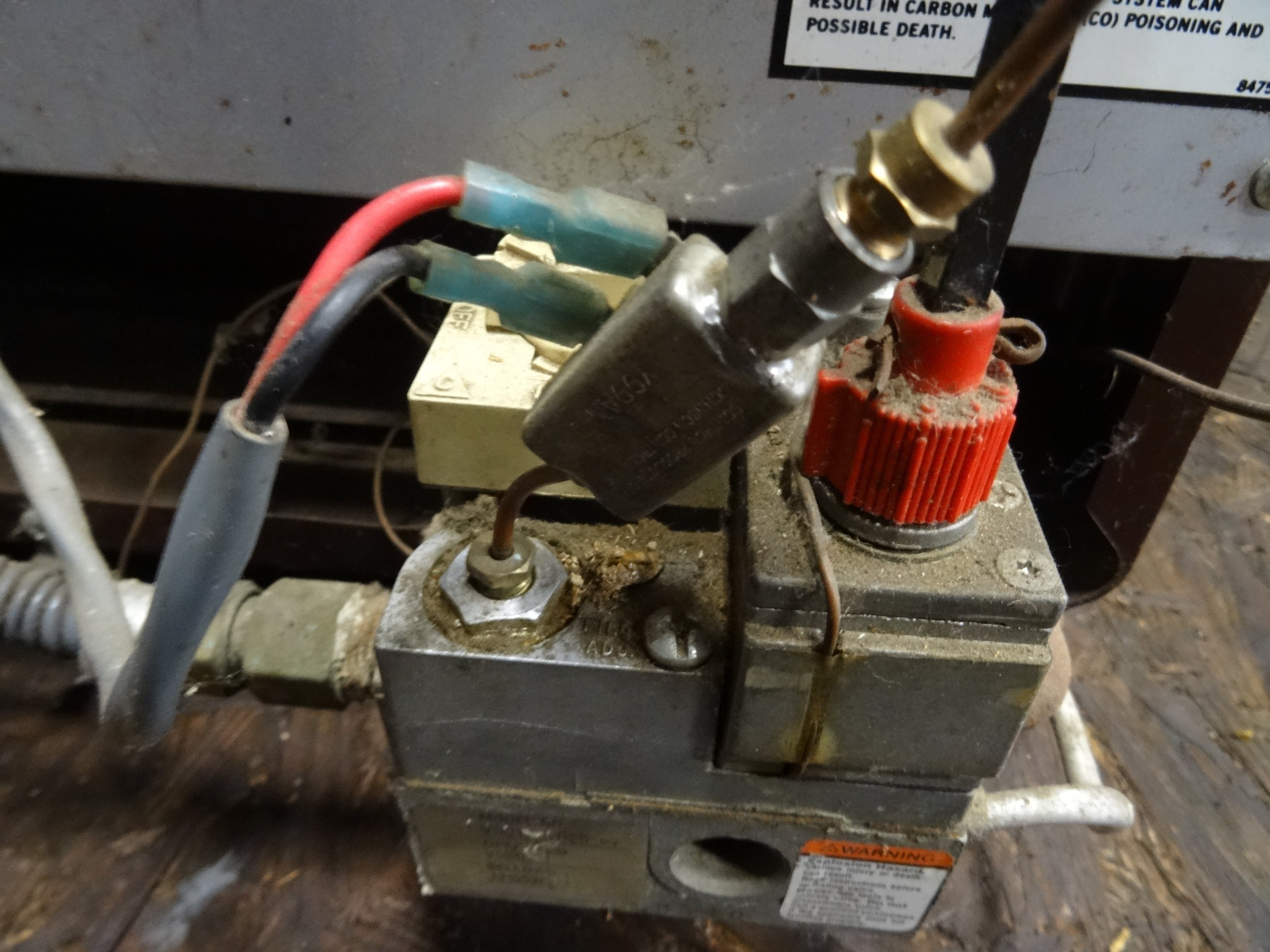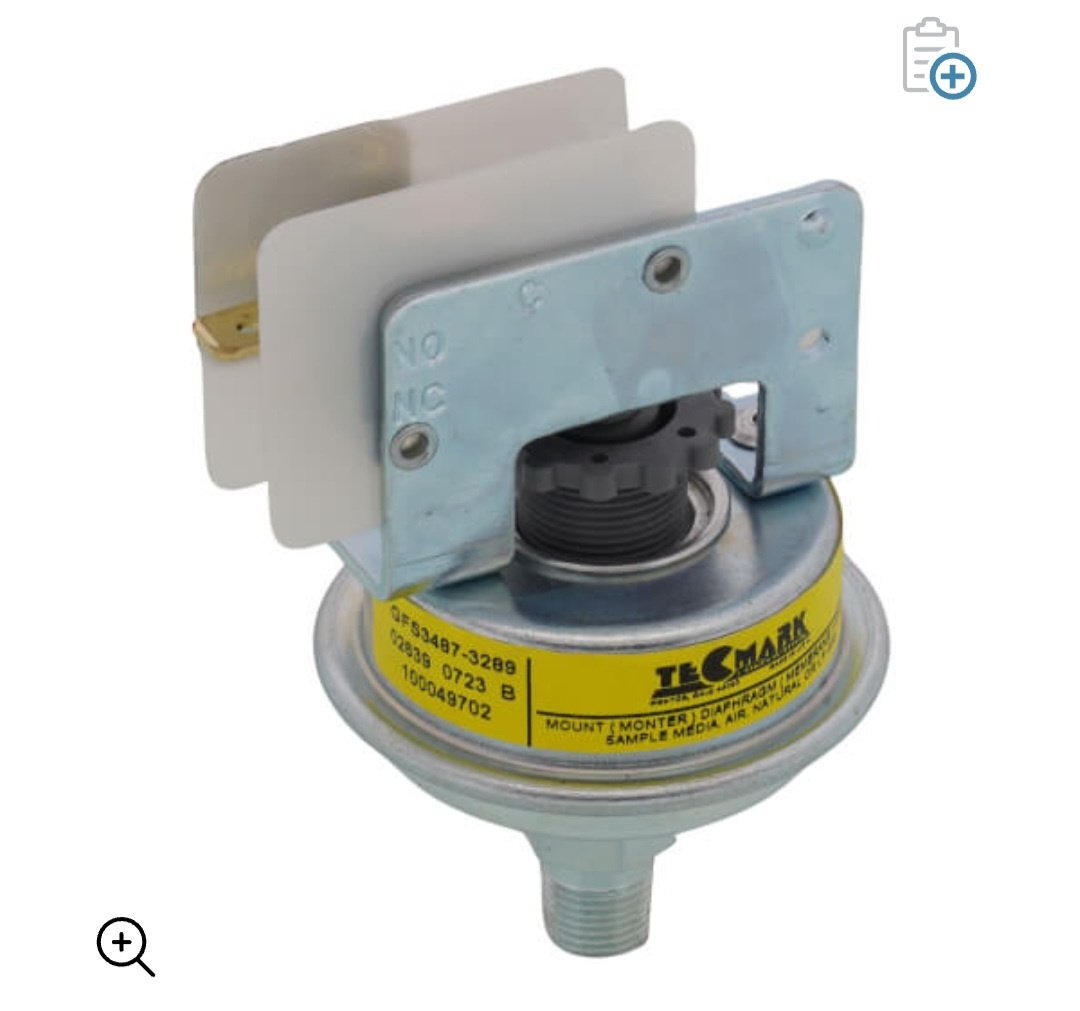Warm Morning gas vented heater, flue spill issue with gas safety valve
the Warm Morning heater is about 40000btu. The problem is the flue spill switch goes to an inline thermal couple switch based on the flue spillover switch. one end of the device goes to the pilot light thermal couple and the other to the gas valve. When i take this out of circuit the pilot will light, with it in it will not.
what is this device called?
also looking for a guide for venting. going to use b vent pipe but not sure how long or how many elbows i can use with this.
Comments
-
-
You need to find the manual for the unit and follow the venting instructions.
0 -
-
ok after closer look it is a pass through for the pilot flame thermal couple, tests good.
0 -
I have seen several devices like this. I remember they may have been known as a TCO switch. TCO stands for Thermal Cut Off, but that is not the proper name for the part. all that part does is break the electrical circuit that allows the thermocouple's millivolt signal to keep the pilot valve open. The thermal part of the TCO is actually what the wires are connected to. If you remove the device and connect the thermocouple directly to the gas valve then you will not have the circuit interruption. You can accomplish the same thing by placing a jumper across the two spade terminals to complete the electrical circuit. In either case you have eliminated the safety device that is connected to the TCO.
Look at the other end of the wires that are connected to the TCO and see if there is a device that senses some sort of over temperature. It could be a spill switch near the exhaust vent or draft hood. It may be a roll-out switch or fusible link. The problem is at the other end of the wire and may need some sort of vent cleaning or a blockage removed from the heat exchanger.
Edward Young Retired
After you make that expensive repair and you still have the same problem, What will you check next?
0 -
yes you are right, seems every thing check out with the ohm meter. so will try again
0
Categories
- All Categories
- 87.3K THE MAIN WALL
- 3.2K A-C, Heat Pumps & Refrigeration
- 61 Biomass
- 427 Carbon Monoxide Awareness
- 119 Chimneys & Flues
- 2.1K Domestic Hot Water
- 5.8K Gas Heating
- 116 Geothermal
- 165 Indoor-Air Quality
- 3.7K Oil Heating
- 76 Pipe Deterioration
- 1K Plumbing
- 6.5K Radiant Heating
- 395 Solar
- 15.6K Strictly Steam
- 3.4K Thermostats and Controls
- 56 Water Quality
- 51 Industry Classes
- 50 Job Opportunities
- 18 Recall Announcements



